Home>Furniture & Design>Office Furniture>How To Sit In An Office Chair With Back Pain


Office Furniture
How To Sit In An Office Chair With Back Pain
Modified: February 17, 2024
Learn how to sit comfortably in an office chair despite back pain with our expert tips. Find relief and improve your posture with the right office furniture and design.
(Many of the links in this article redirect to a specific reviewed product. Your purchase of these products through affiliate links helps to generate commission for Storables.com, at no extra cost. Learn more)
Introduction
Welcome to the ultimate guide on how to sit in an office chair with back pain. If you spend a significant amount of time working at a desk, you're likely familiar with the discomfort and strain that can develop in your back. Whether you're dealing with chronic back pain or occasional discomfort, finding the right strategies for sitting in an office chair can make a substantial difference in your comfort and overall well-being.
In this comprehensive guide, we will delve into the causes of back pain related to office chair use, explore the essential features to look for when choosing an office chair, and provide practical tips for adjusting your chair to alleviate back pain. Furthermore, we will discuss the importance of sitting properly in your office chair and incorporating regular breaks and stretching exercises into your work routine to mitigate back pain and improve your posture.
By the end of this guide, you will have a thorough understanding of how to optimize your office chair setup and sitting habits to reduce back pain, enhance your comfort, and promote a healthier work environment. Let's embark on this journey to transform your office chair into a source of support and relief for your back.
Key Takeaways:
- Choosing an office chair with lumbar support, adjustability, and breathable material can reduce back pain. Proper adjustment and sitting habits, like posture alignment and regular breaks, are crucial for comfort.
- Incorporating stretching exercises, microbreaks, and active sitting techniques into your work routine can alleviate back pain. Creating an ergonomic work environment requires mindfulness and proactive adjustments.
Understanding the Causes of Back Pain
Back pain is a prevalent issue for individuals who spend prolonged periods sitting in office chairs. Understanding the underlying causes of this discomfort is essential for effectively addressing and preventing it.
Poor posture is a leading contributor to back pain among office workers. When seated for extended durations, it’s common for individuals to slouch or hunch forward, placing undue stress on the spine and surrounding muscles. This can lead to strain in the lower back, shoulders, and neck, resulting in discomfort and stiffness.
Inadequate lumbar support is another significant factor in the development of back pain. The lumbar region, or lower back, is particularly vulnerable to strain when the chair lacks proper support in this area. Without adequate lumbar support, the natural curve of the spine is compromised, leading to increased pressure on the vertebrae and muscles, ultimately contributing to discomfort and fatigue.
Additionally, sitting in a chair that does not promote proper alignment of the body can lead to musculoskeletal imbalances. Uneven distribution of weight and pressure on the spine and pelvis can cause muscle tension and contribute to the development of back pain over time.
Furthermore, the absence of regular movement and opportunities to stretch and adjust posture while seated can exacerbate back pain. Prolonged sitting without breaks can lead to muscle stiffness and reduced blood flow to the back, intensifying discomfort and reducing overall comfort.
By recognizing these common causes of back pain related to office chair use, you can take proactive steps to address these issues and create a more supportive and ergonomic work environment. In the following sections, we will explore the essential features to look for when selecting an office chair and provide guidance on adjusting your chair to mitigate back pain and promote optimal comfort.
Choosing the Right Office Chair
When it comes to mitigating back pain and promoting overall comfort during prolonged periods of sitting, selecting the right office chair is paramount. Several key features should be considered to ensure that your chair provides adequate support and promotes proper posture.
Ergonomic Design: Look for chairs specifically designed with ergonomics in mind. These chairs are crafted to support the natural curvature of the spine, promoting healthy posture and reducing strain on the back and neck. Ergonomic chairs often feature adjustable components, such as seat height, armrests, and lumbar support, allowing for personalized customization to suit your body’s unique needs.
Lumbar Support: Opt for a chair with built-in lumbar support to maintain the natural curve of your lower back. Adequate lumbar support helps distribute the weight of your upper body evenly, reducing pressure on the spine and minimizing the risk of developing discomfort in the lower back region.
Adjustability: Choose a chair that offers a range of adjustable features, including seat height, armrests, and backrest tilt. The ability to customize these elements enables you to create an optimal seating position that aligns with your body’s proportions, reducing strain and promoting proper alignment.
Seat Depth and Width: Consider the dimensions of the chair’s seat to ensure that it accommodates your body comfortably. A seat that is too shallow or narrow can lead to inadequate support and discomfort, particularly during extended periods of sitting. Opt for a chair with a seat depth and width that allows for ample support and freedom of movement.
Breathable Material: Select a chair upholstered in breathable and supportive material. Proper ventilation can prevent heat and moisture buildup, enhancing overall comfort during prolonged sitting and reducing the likelihood of discomfort caused by perspiration and heat retention.
By prioritizing these features when selecting an office chair, you can significantly improve your seating experience and reduce the risk of developing back pain associated with prolonged periods of desk work. In the following sections, we will explore how to adjust your office chair to alleviate back pain and promote proper posture while sitting.
Adjusting Your Office Chair for Back Pain
Once you’ve chosen an office chair with essential ergonomic features, the next step is to ensure that it is properly adjusted to provide optimal support and comfort for your back. Proper chair adjustment can significantly alleviate back pain and promote healthy posture during extended periods of sitting.
Seat Height: Begin by adjusting the chair’s seat height so that your feet rest flat on the floor or a footrest, with your thighs parallel to the ground and your knees at a 90-degree angle. This position helps distribute your body weight evenly and reduces pressure on the lower back.
Lumbar Support: Ensure that the chair’s lumbar support is positioned to maintain the natural curve of your lower back. Proper lumbar support reduces the strain on the lumbar spine and helps prevent slouching, promoting a more upright and comfortable sitting posture.
Backrest Tilt and Lock: Experiment with the backrest tilt to find a comfortable recline angle that supports your back while allowing for effortless movement. Consider locking the backrest in a slightly reclined position to reduce pressure on the spine and promote relaxation in the back muscles.
Armrest Height and Position: Adjust the height and position of the armrests to ensure that your arms are supported comfortably while allowing your shoulders to remain relaxed. Properly positioned armrests can prevent shoulder and neck tension, contributing to overall back pain relief.
Seat Depth and Angle: If your chair allows for seat depth adjustment, ensure that there is ample support for your thighs without placing pressure on the back of your knees. Additionally, consider adjusting the seat angle to promote a neutral pelvis position, reducing strain on the lower back and pelvis.
By meticulously adjusting your office chair to align with your body’s proportions and ergonomic needs, you can create an environment that promotes healthy posture and reduces the risk of back pain associated with prolonged sitting. In the following section, we will delve into the importance of sitting properly in your office chair to further mitigate back pain and discomfort.
When sitting in an office chair with back pain, make sure your lower back is supported by using a cushion or a rolled-up towel. Also, adjust the chair height so your feet are flat on the floor and your knees are at a 90-degree angle.
Sitting Properly in Your Office Chair
Mastering the art of sitting properly in your office chair is pivotal for reducing back pain and promoting overall comfort and well-being. By adopting correct sitting habits, you can minimize strain on your back and enhance the ergonomic benefits of your chair.
Posture Alignment: Sit with your back against the chair’s backrest, ensuring that your spine maintains its natural curvature. Avoid slouching or leaning forward excessively, as this can strain the muscles in your back and neck. Keep your shoulders relaxed and your head aligned with your spine to minimize tension in the neck and upper back.
Feet Placement: Position your feet flat on the floor or a footrest, maintaining a parallel alignment with your thighs. This posture helps distribute your body weight evenly and reduces pressure on your lower back. If your feet do not reach the floor comfortably, consider using a footrest to support proper alignment.
Keyboard and Mouse Position: Place your keyboard and mouse at a height that allows your elbows to rest comfortably at your sides and form a 90-degree angle. This positioning reduces strain on your shoulders and forearms, promoting a more relaxed and ergonomic posture while typing and navigating your computer.
Screen Alignment: Position your computer screen at eye level to avoid tilting your head up or down, which can strain your neck and upper back. Maintaining an appropriate screen height and distance promotes a neutral head position and reduces the risk of developing discomfort in the cervical spine.
Regular Movement: Incorporate brief movement breaks into your work routine to stretch and adjust your posture. Stand up, walk around, and perform gentle stretching exercises to alleviate muscle tension and improve circulation. These periodic breaks can mitigate the effects of prolonged sitting and contribute to back pain relief.
By conscientiously practicing these sitting habits, you can optimize the ergonomic benefits of your office chair and reduce the likelihood of developing back pain associated with prolonged desk work. In the subsequent section, we will explore the importance of taking breaks and incorporating stretching exercises into your daily routine to further enhance back pain relief and posture maintenance.
Taking Breaks and Stretching Exercises
Integrating regular breaks and stretching exercises into your daily work routine is instrumental in mitigating back pain, reducing muscle tension, and promoting overall well-being. These proactive measures can counteract the adverse effects of prolonged sitting and contribute to improved posture and comfort.
Microbreaks: Schedule short, frequent breaks throughout your workday to stand up, stretch, and change your sitting position. Even brief moments of movement can alleviate muscle stiffness and reduce the strain on your back and neck. Consider setting a timer or utilizing productivity apps to remind yourself to take regular microbreaks.
Stretching Exercises: Incorporate gentle stretching exercises into your microbreaks to release muscle tension and improve flexibility. Focus on stretches that target the back, shoulders, and hips to counteract the effects of prolonged sitting. Examples of beneficial stretches include the seated forward fold, upper back stretch, and seated hip flexor stretch.
Active Sitting: Engage in active sitting techniques, such as core muscle engagement and subtle position adjustments, to promote muscle activation and reduce the strain on your back. Utilize an exercise ball or a chair with a dynamic seat to encourage micro-movements and postural adjustments while seated.
Walking Breaks: Take advantage of walking breaks to stretch your legs, improve circulation, and alleviate the pressure on your back and hips. A brief stroll around your workspace or the office building can provide a welcome respite from prolonged sitting and contribute to overall back pain relief.
Desk Stretches: Explore desk-friendly stretching exercises that can be performed in your workspace to target specific areas of tension and discomfort. These exercises can be seamlessly integrated into your workday and offer immediate relief from muscle tightness and stiffness.
By incorporating these strategies into your daily work routine, you can proactively address back pain and discomfort associated with prolonged sitting. Regular movement and stretching exercises not only alleviate muscle tension and promote flexibility but also contribute to improved posture and overall well-being. In the concluding section, we will summarize the key takeaways and emphasize the significance of implementing these practices to enhance your office chair sitting experience and mitigate back pain.
Conclusion
As we conclude our comprehensive guide on how to sit in an office chair with back pain, it’s evident that proactive measures and ergonomic considerations play a pivotal role in mitigating discomfort and promoting overall well-being during prolonged periods of sitting. By understanding the causes of back pain related to office chair use and implementing practical strategies, you can transform your office chair into a supportive and comfortable workspace essential.
Choosing an office chair with essential ergonomic features, including lumbar support, adjustability, and breathable material, sets the foundation for a comfortable and supportive seating experience. By carefully adjusting your chair and adopting proper sitting habits, such as maintaining posture alignment and incorporating regular movement breaks, you can significantly reduce the risk of developing back pain and muscle tension associated with prolonged desk work.
Furthermore, integrating stretching exercises, microbreaks, and active sitting techniques into your work routine offers a proactive approach to back pain relief and posture maintenance. These practices not only alleviate muscle stiffness and tension but also contribute to improved flexibility, circulation, and overall comfort while seated.
It’s essential to recognize that creating a supportive and ergonomic work environment is a continuous process that requires mindfulness and proactive adjustments. Regularly reassessing your chair’s setup, sitting habits, and incorporating movement and stretching into your workday can yield lasting benefits for your back health and overall well-being.
By applying the insights and strategies outlined in this guide, you can empower yourself to optimize your office chair sitting experience, reduce back pain, and cultivate a workspace that promotes comfort, productivity, and long-term back health. Embracing these practices can transform your relationship with your office chair, turning it into a source of support and relief for your back, and enhancing your overall work experience.
Here’s to a future of comfortable, ergonomic, and back pain-free sitting in your office chair!
Frequently Asked Questions about How To Sit In An Office Chair With Back Pain
Was this page helpful?
At Storables.com, we guarantee accurate and reliable information. Our content, validated by Expert Board Contributors, is crafted following stringent Editorial Policies. We're committed to providing you with well-researched, expert-backed insights for all your informational needs.
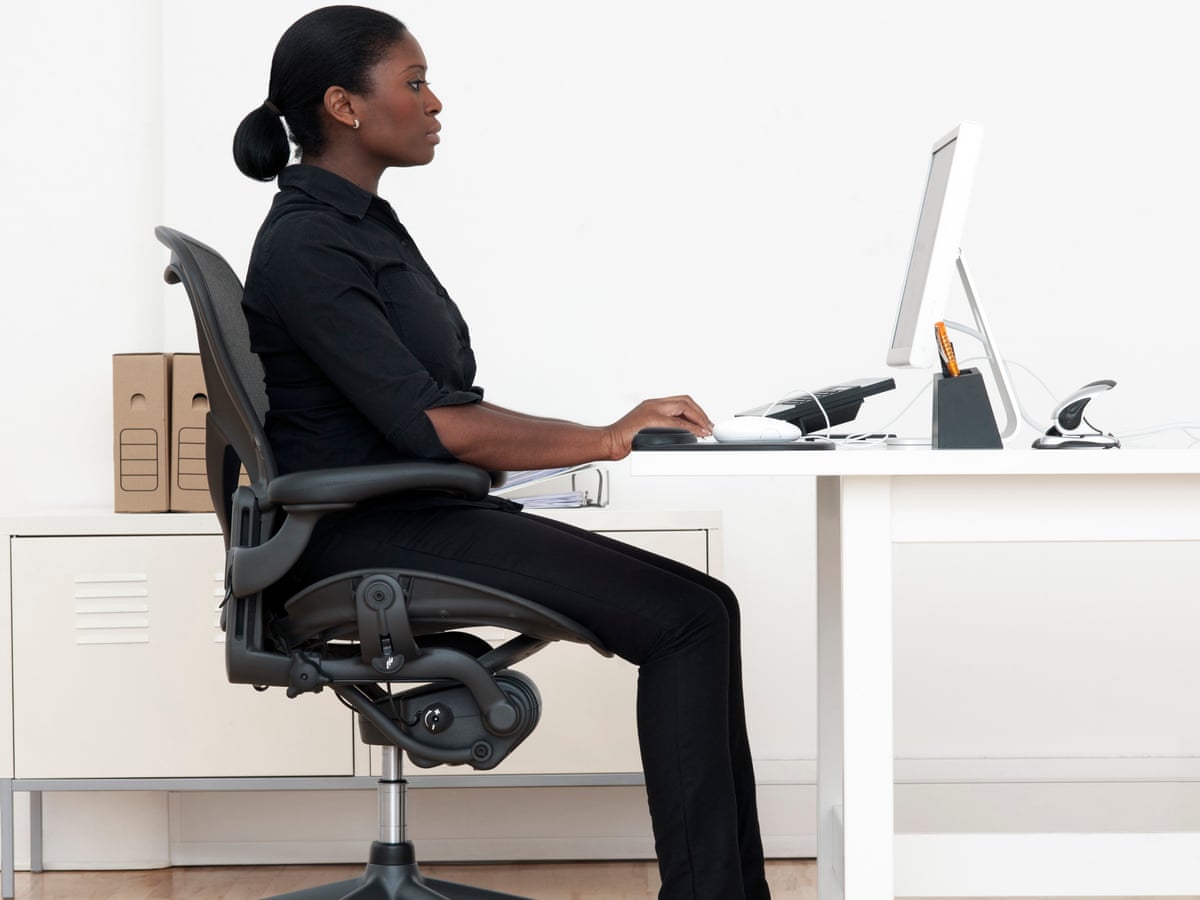


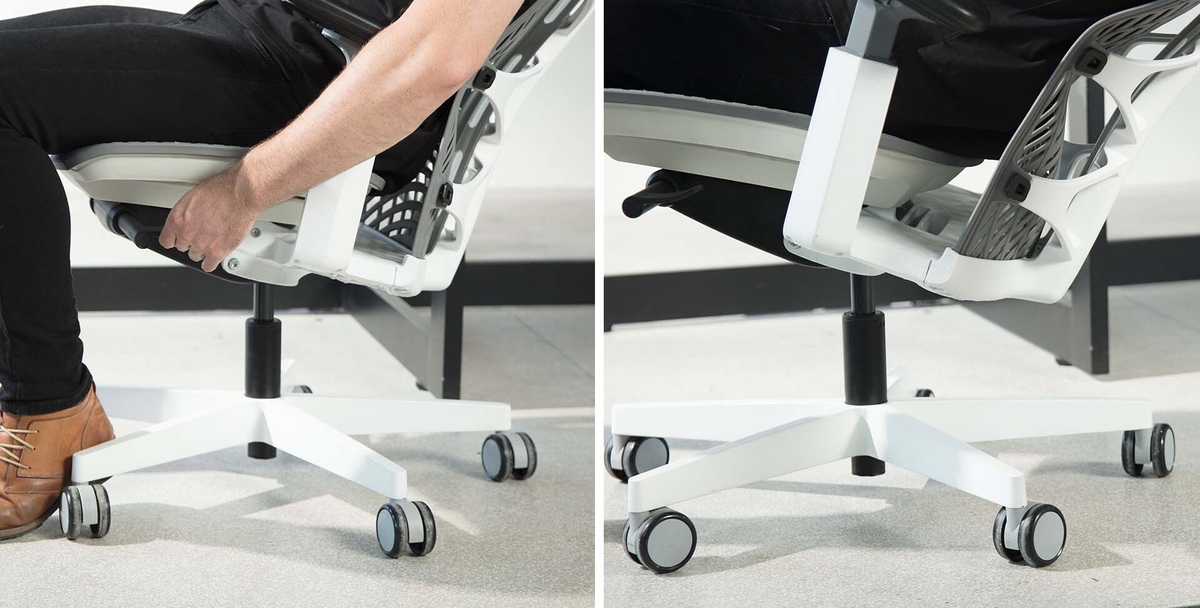
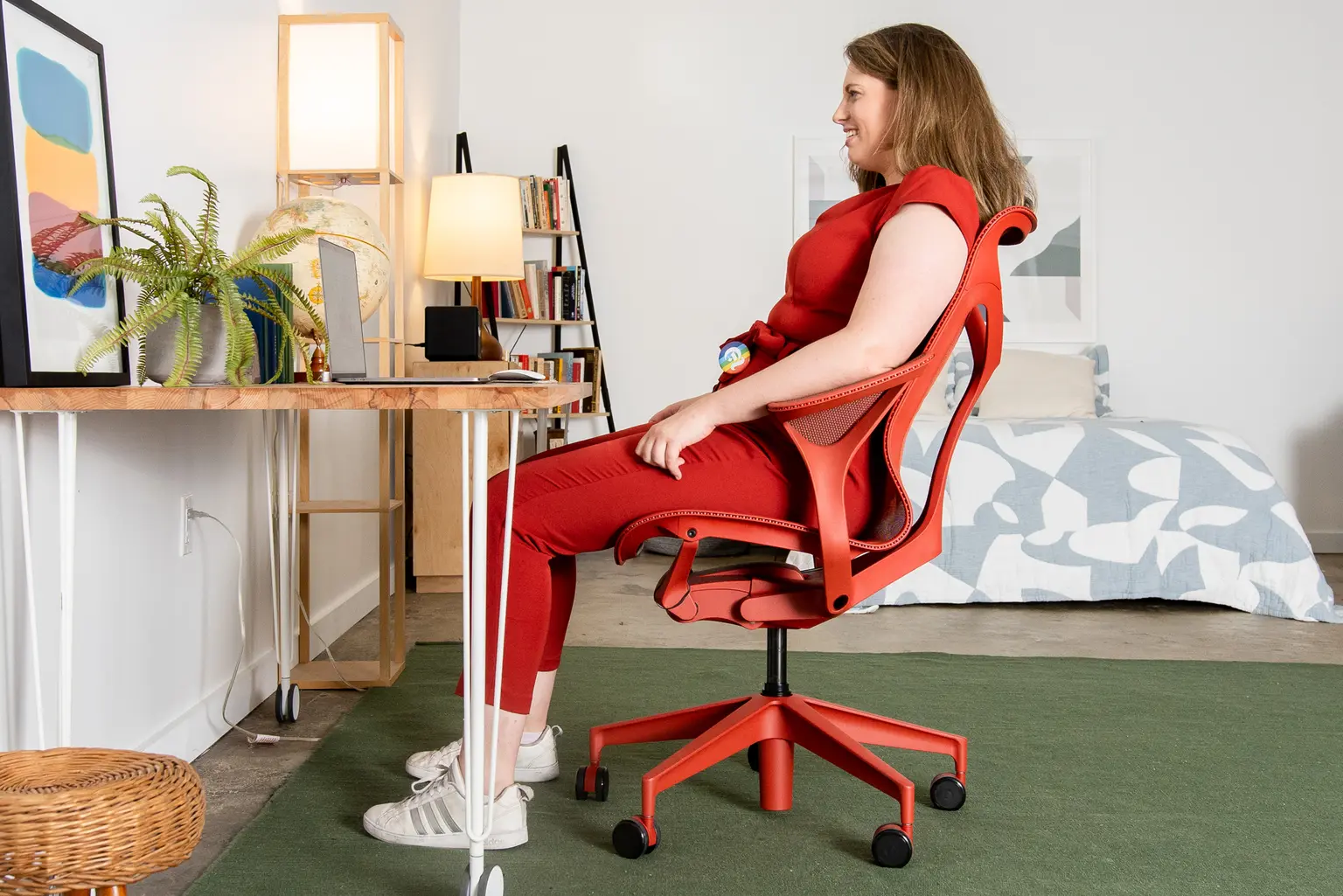
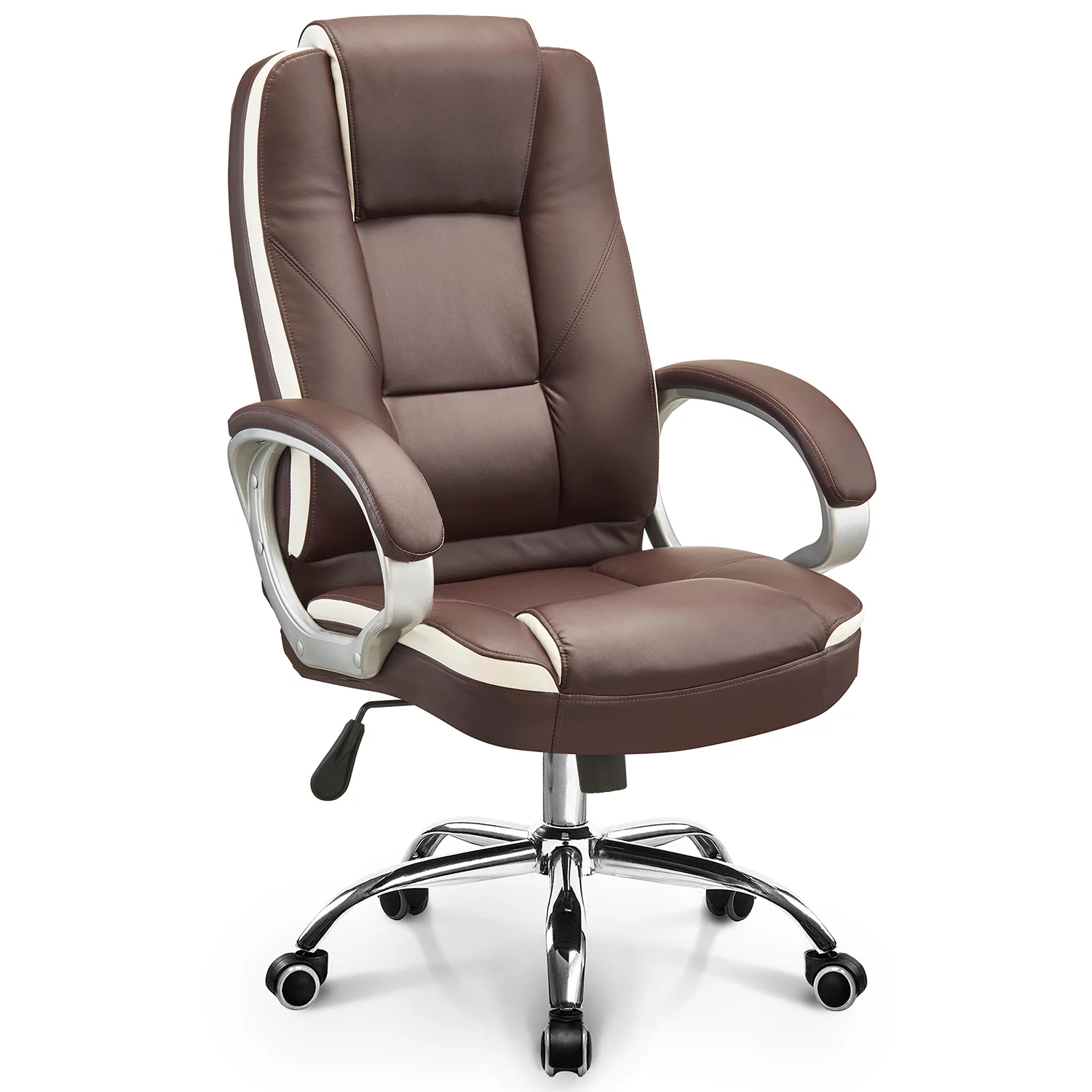
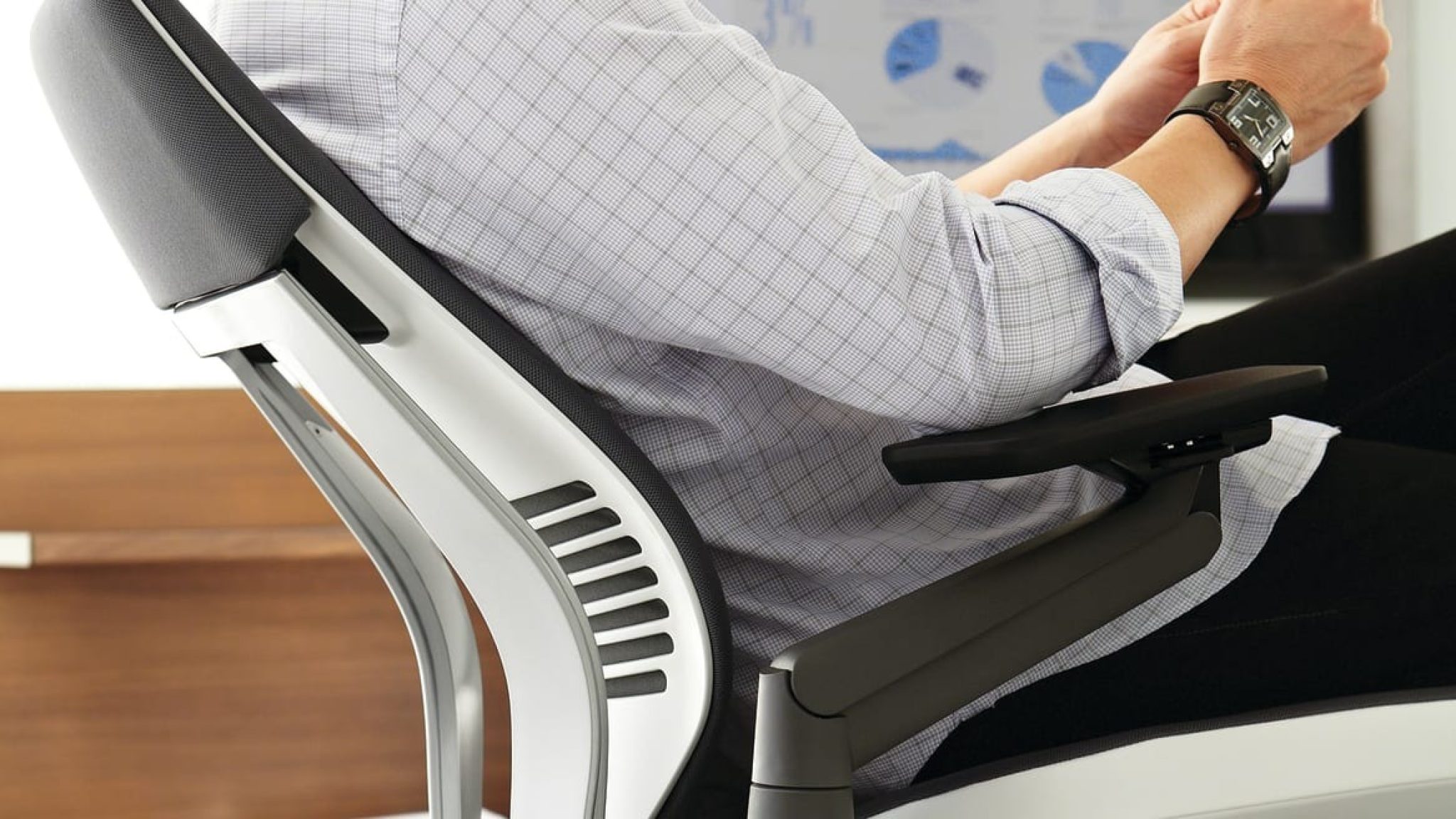
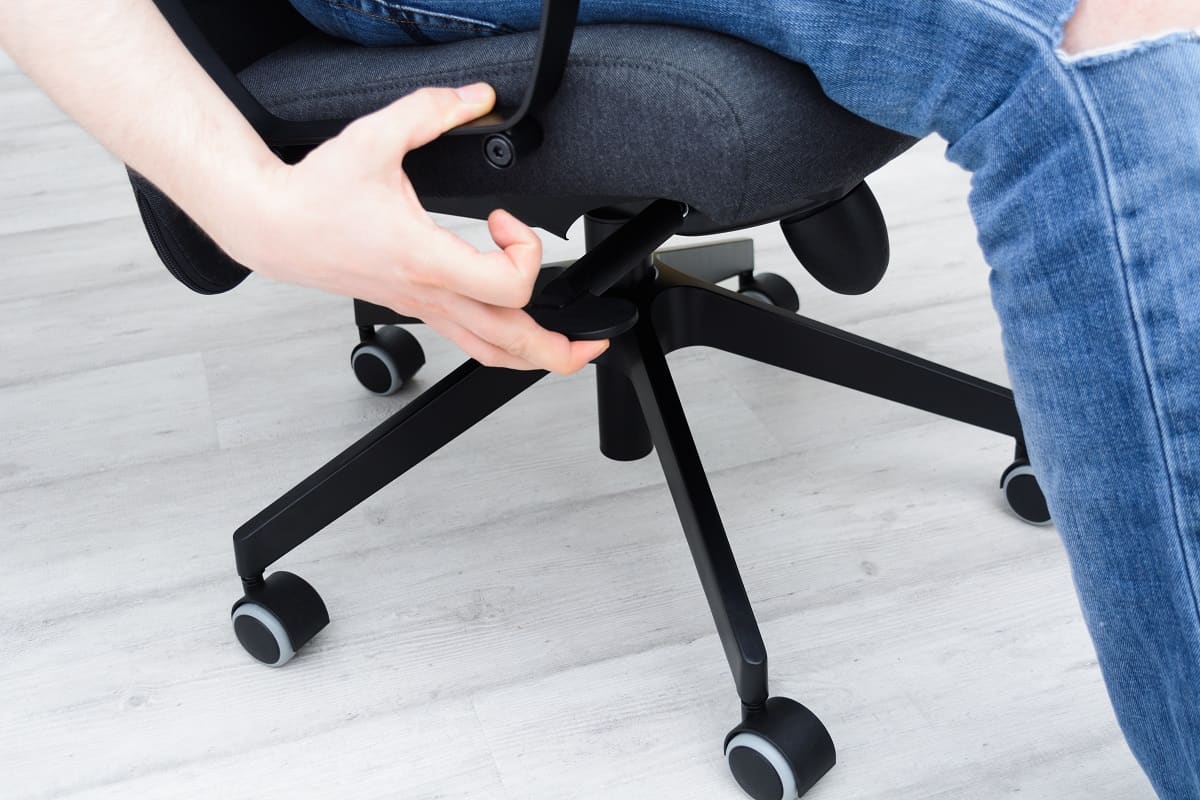

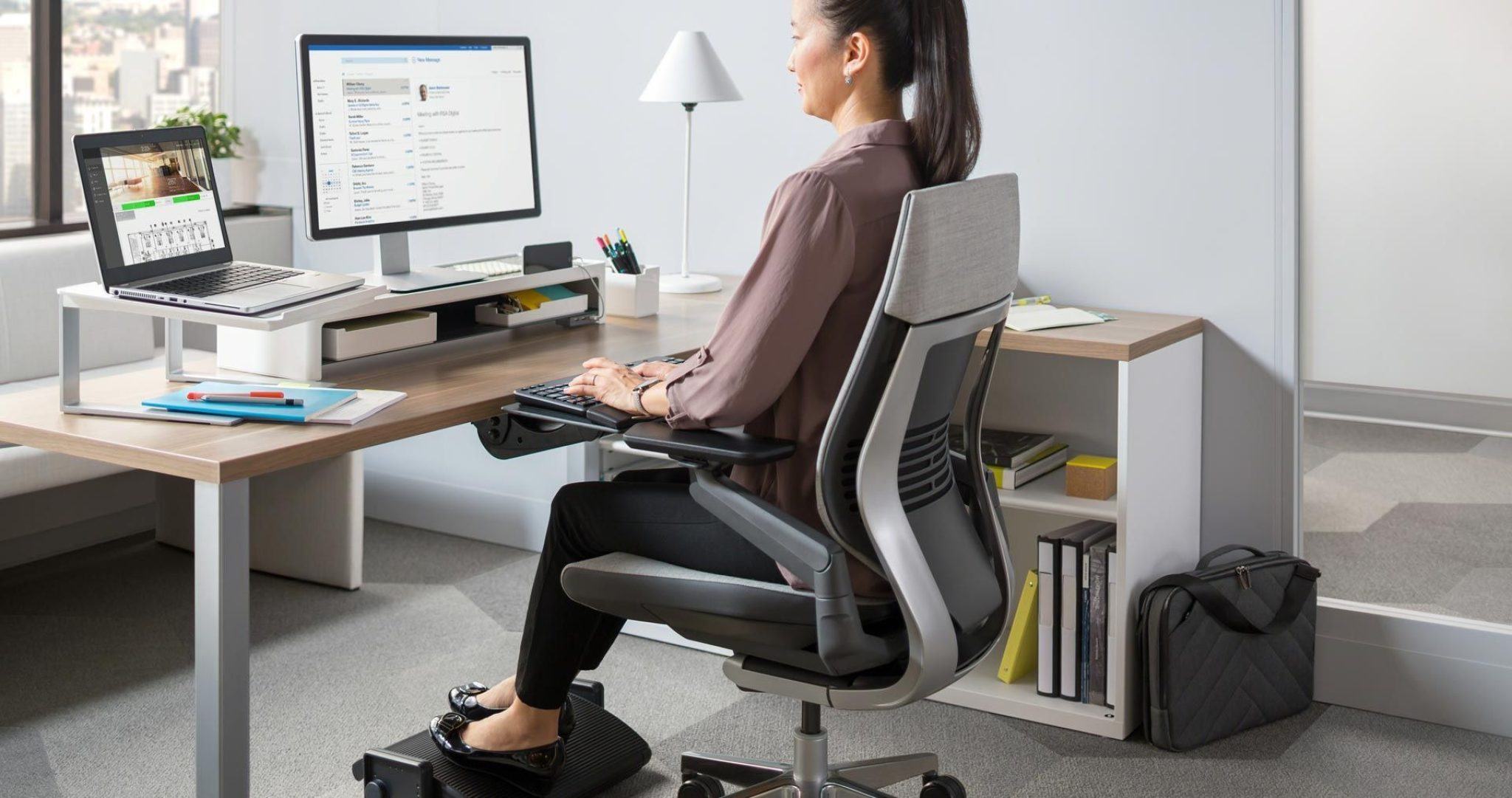



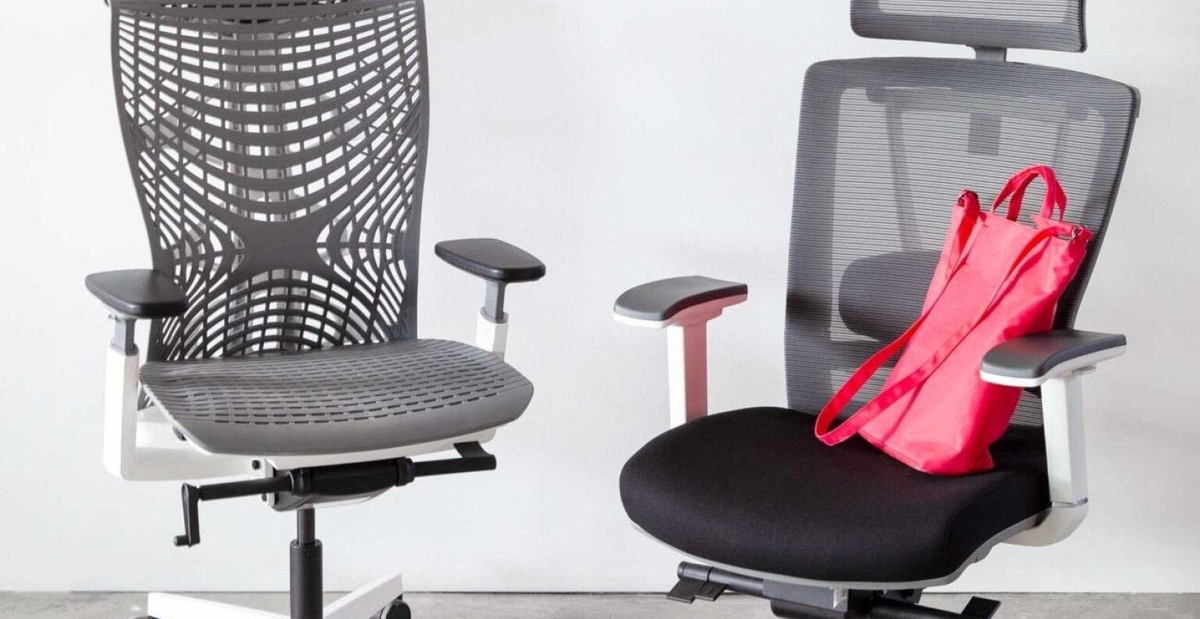

0 thoughts on “How To Sit In An Office Chair With Back Pain”